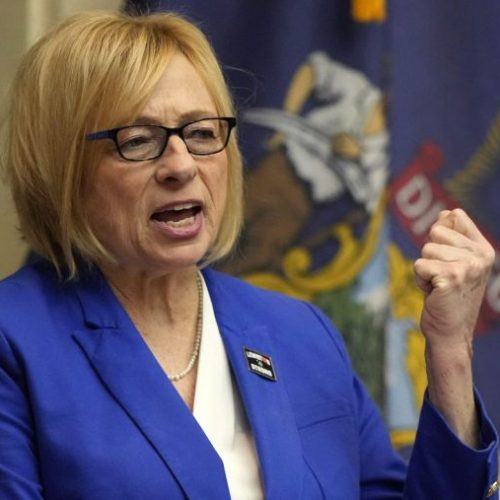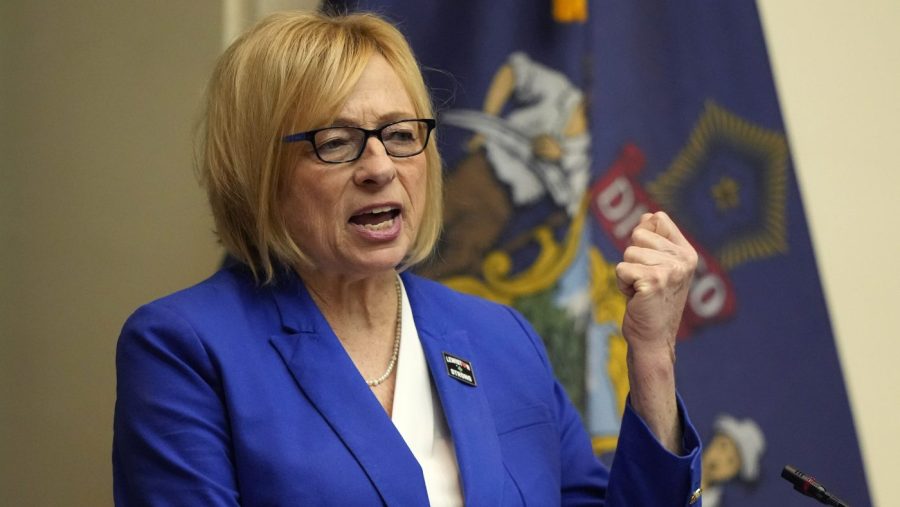The Future of Energy: A Balanced Perspective
The energy sector is undergoing rapid transformation as the world grapples with climate change, technological advancements, and evolving economic priorities. Recent developments and reports provide insights into the complex landscape shaping our energy future.
Key Takeaways
Clean energy investments are accelerating, with significant economic benefits projected.
Transmission infrastructure expansion is crucial for a reliable, low-cost clean energy transition.
Critical mineral supply chains present challenges for clean technology deployment.
Debate continues over the role of fossil fuels in ensuring energy security.
Clean Energy Investments on the Rise
The Inflation Reduction Act (IRA) has catalyzed substantial investments in clean energy projects across the United States. According to an analysis by Environmental Entrepreneurs (E2), in the first two years under the IRA, businesses announced $130 billion in investments for 338 major clean energy and clean vehicle projects. These projects are expected to create at least 110,000 direct jobs. The broader economic impacts are even more significant:
621,000 total new jobs (direct and indirect) over the next five years.
$237.5 billion added to U.S. GDP.
$169.4 billion in new wages for workers.
Nearly $50 billion in new tax revenue for federal, state, and local governments.
This data suggests that the clean energy transition is not only an environmental imperative but also a substantial economic opportunity.
The Critical Role of Transmission Infrastructure
A recent Department of Energy (DOE) Transmission Impact Assessment highlights the importance of enhancing transmission deployment. Key findings include:
Potential savings of $320 billion in present-value costs through 2050.
Improved grid reliability during periods of stress.
Reduction of 3,420 million metric tons in cumulative power sector greenhouse gas emissions through 2050.
$730 billion in climate benefits and $50 billion in health benefits through 2050.
These projections underscore the critical role of transmission infrastructure in facilitating a cost-effective and reliable clean energy transition.
Challenges in Critical Mineral Supply Chains
The International Energy Agency (IEA) has identified critical minerals as a potential bottleneck in the clean energy transition. A rapid shift to clean energy technologies could lead to:
Quadrupling of mineral requirements for clean energy technologies by 2040 in a sustainable development scenario.
Six-fold increase in mineral inputs by 2040 to achieve net-zero globally by 2050.
Particularly high growth in demand for lithium, graphite, cobalt, and nickel.
Securing stable and sustainable supply chains for these minerals will be crucial for the widespread adoption of clean energy technologies.
Ongoing Debate: The Role of Fossil Fuels
While clean energy investments are surging, debate continues over the future role of fossil fuels in the energy mix. Some lawmakers argue for increased domestic fossil fuel production to ensure energy security and reduce consumer costs. Others emphasize the importance of renewable energy sources and international energy trade partnerships. The Special Report on Emissions Scenarios (SRES) by the Intergovernmental Panel on Climate Change (IPCC) suggests that fossil fuel availability is unlikely to limit carbon emissions in the 21st century. However, the report indicates that the future energy mix will be crucial in determining whether greenhouse gas concentrations can be stabilized.
Looking Ahead
As the energy landscape evolves, policymakers face complex decisions balancing environmental goals, economic opportunities, and energy security concerns. Comprehensive strategies, such as the Department of Energy’s plan to build an Energy Sector Industrial Base, aim to address these multifaceted challenges. The path forward will likely require a nuanced approach, leveraging the economic potential of clean energy technologies while ensuring a stable and secure energy supply during the transition period.
For a deeper understanding of energy policy analysis, resources like Penn State’s Energy Policy course provide frameworks for geographic, economic, political, and systems-based approaches to evaluating energy policies. As the debate continues, staying informed about technological advancements, economic impacts, and policy developments will be crucial for understanding the future of energy.









